In the ever-evolving world of trends and social norms, behaviors that were once totally acceptable can quickly fall out of favor. Just a decade ago, we might have thought some things were cool or even just standard behavior, but fast-forward to today, and they’ve become universally regarded as “cringe.” The internet, pop culture, and the rapid pace of social change all play a role in making certain behaviors seem outdated or even embarrassing. Here’s a list of 22 things that were completely normal 10 years ago but are now considered a bit… well, cringe.
Posting Every Detail of Your Life on Facebook

Remember when we used to share everything on Facebook? From what we had for breakfast to our every mood, posting constant updates about our lives was once the norm. But now, it’s seen as over-sharing, and most people reserve their Facebook for more meaningful posts or simply scroll through without posting. Instead, the new “in” platforms for sharing day-to-day life are Instagram Stories or Snapchat, where updates are brief and fleeting. The constant public documentation of mundane moments can now seem self-indulgent and a bit desperate for validation. Now, a carefully curated post, with just the right amount of mystery, holds more appeal. Over-sharing on Facebook? Definitely cringe.
Frequent Use of Hashtags

Hashtags were once an essential part of posting on social media, a way to categorize content and join trending conversations. Back in the day, adding a hashtag to almost anything seemed cool and even creative. However, in recent years, excessive hashtagging has become a thing of the past, and using too many hashtags on Instagram or Twitter can make your post seem forced or out of touch. Now, hashtags are used sparingly and strategically, primarily to amplify important messages or discover content. A post overloaded with hashtags is seen as a desperate attempt to gain attention. It’s the age of minimalist, streamlined social media updates, where hashtags have lost their former charm.
Tagging Every Single Person in a Group Photo

Ten years ago, tagging every person in a group photo was the norm — even if some of them were barely in the shot. It was a way of making sure everyone saw the photo and got their “social media recognition.” Now, tagging every person, especially random ones, feels excessive and sometimes even annoying. People prefer more intentional tagging, where it’s relevant and adds value to the post. It’s also common to just leave a photo open for people to comment on rather than trying to tag everyone.
Checking In Everywhere

There was a time when people loved checking into locations on social media to show where they were and what they were doing. Whether it was at a concert, restaurant, or the gym, sharing your exact whereabouts was a way of staying connected. But with the rise of concerns around privacy, checking in everywhere has become not just unnecessary but borderline cringe-worthy. Constantly announcing where you are now feels like oversharing and invites unwanted attention. Today, the trend is more about living in the moment rather than broadcasting every move. Social media users have become more selective about what they share with their networks.
Poking People on Facebook

Remember when poking someone on Facebook was a weird but accepted way to get their attention? It was playful and strange, but everyone seemed to be doing it at one point. Fast forward to today, and the Facebook poke is seen as baffling, outdated, and even a little creepy. No one really knows what a poke even means anymore, making it feel awkward rather than fun. Most users have abandoned this feature entirely, opting for more direct forms of communication. If you’re still poking people online, it might be time to let it go.
Sharing Song Lyrics as a Status Update

Ten years ago, posting a cryptic song lyric as your Facebook status was the ultimate way to express your mood without saying too much. It felt deep, emotional, and kind of mysterious. Today, though, sharing random lyrics — especially without context — feels melodramatic and a little try-hard. Most people now prefer to post more straightforward updates or let curated playlists on Spotify or Apple Music do the talking. Expressing yourself indirectly through lyrics has become less cool and more cringey. Authentic communication wins over vague posts these days.
Announcing Your Relationship Status Changes on Facebook
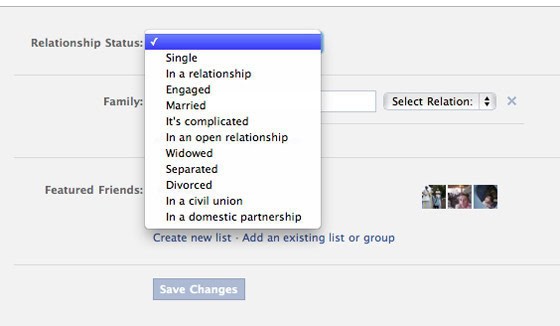
Updating your relationship status on Facebook — and expecting likes and comments — used to be a big deal. Whether you were “In a Relationship,” “It’s Complicated,” or newly “Single,” it was practically a public event. But today, broadcasting your romantic life like that is seen as oversharing and unnecessarily dramatic. Most people now quietly maintain their relationships offline or share carefully curated glimpses, without the need for official declarations. Relationship milestones are treated more privately, making old-style status announcements feel embarrassing.
Overhyping “Man Crush Monday” and “Woman Crush Wednesday”

There was a time when dedicating an entire day each week to publicly declaring your crush on social media was trendy. “Man Crush Monday” and “Woman Crush Wednesday” posts flooded Instagram and Facebook, often featuring celebrities or awkward selfies with friends. Today, this kind of public fawning feels forced and unnecessary. People now favor more genuine, spontaneous shoutouts without the need for a themed day. Over-scheduled adoration posts have gone from sweet to cringey very quickly.
Wearing Shutter Shades

Once Kanye West sported them, shutter shades exploded in popularity around 2010-2013, especially at parties and events. At the time, they were considered the epitome of “cool” and fun. Now, however, wearing shades that literally block your vision seems downright ridiculous. Shutter shades have come to represent a very specific, outdated aesthetic that screams early 2010s cringe. Today, people opt for stylish, functional sunglasses — not plastic novelties that offer zero protection from the sun.
Wearing Galaxy Print Everything
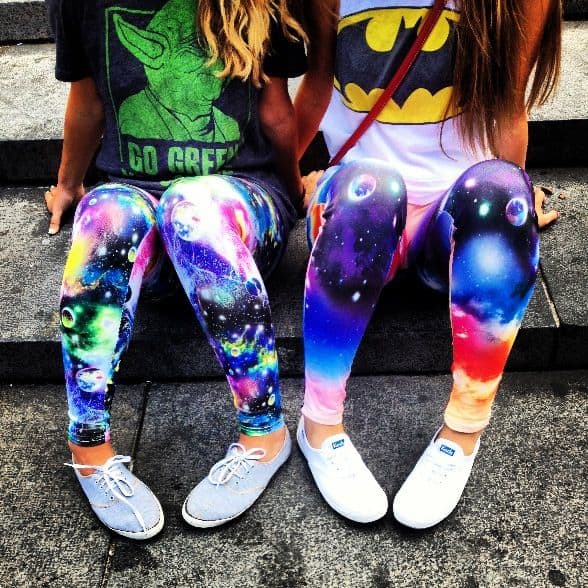
Around 2013, galaxy print was absolutely everywhere — leggings, backpacks, sneakers, even phone cases. It was colorful, fun, and futuristic at the time. But fashion trends moved quickly, and galaxy print went from cutting-edge to cringe almost overnight. Today, it feels like a nostalgic nod to a quirky, over-the-top phase rather than something you’d wear seriously. Minimalist and timeless styles have taken center stage, leaving galaxy patterns looking like a “try too hard” artifact.
Using ‘YOLO’ as a Justification for Reckless Decisions

“YOLO” (You Only Live Once) was the mantra of a generation that justified impulsive decisions and risky behavior with a catchy phrase. Whether it was booking a last-minute flight or making questionable life choices, YOLO gave people a free pass to act without thinking. However, today, YOLO is seen as a weak excuse for making poor choices without considering long-term consequences. Millennials have become more mindful of their actions, with mental health, sustainability, and personal responsibility taking precedence. The reckless abandon associated with “YOLO” just doesn’t resonate anymore. Now, it’s all about thoughtful decision-making, not living in the moment without regard.
Talking About ‘Going to the Gym’ on Social Media

A few years ago, it felt normal to share every little milestone related to going to the gym. Whether it was your pre-workout selfie or a shot of your post-workout protein shake, social media was flooded with fitness-related updates. While maintaining fitness is still important, these daily gym updates have become tiresome and, frankly, cringe-worthy for many. The act of constantly seeking validation for your workouts or exercise routine now feels like over-compensation. Instead, people have shifted toward quietly maintaining healthy habits, with less need for public praise. Now, health and fitness are celebrated in more subtle ways—often with inspirational posts rather than oversharing the details.
Vlogging Every Moment of Your Day

Vlogging, or documenting your life on video, was once a fun way to share your personal experiences with the world. Back in the day, many vloggers would upload lengthy daily videos to YouTube, showcasing their entire routine from morning to night. But in today’s content landscape, this kind of vlogging has fallen out of favor. Audiences now prefer curated, short-form content that provides more entertainment and less personal overload. The idea of vlogging every moment of your day has become associated with self-indulgence, and the line between authentic content and self-promotion is often blurred. Vlogs are still popular, but not the type that documents every mundane action. People have moved away from this and prefer more engaging, edited content.
‘FOMO’ (Fear of Missing Out) Posts

At one point, posting about an event or trip just to make your followers feel like they were missing out was a popular move. The “FOMO” mentality drove countless posts, with individuals bragging about their latest adventures or exciting plans. Today, the idea of flaunting your social life to induce envy has lost its appeal. Many now find it shallow and inconsiderate, with the rise of mindfulness and self-awareness. Instead of broadcasting how “cool” you are or how much fun you’re having, many now prefer to share moments that promote inclusivity or personal growth. It’s no longer about making others feel left out, but about celebrating experiences in a genuine way. FOMO posts? Definitely a cringe-worthy relic.
Subtweeting About Drama

Subtweeting, or tweeting about someone without directly mentioning their name, was once a common way to vent frustrations or talk about drama online. This practice, often vague and indirect, was a passive-aggressive way to express anger or dissatisfaction. Today, however, subtweeting is considered juvenile and unprofessional. People now prefer direct communication over hiding behind cryptic tweets, recognizing that airing grievances publicly can escalate conflict unnecessarily. Subtweeting also contributes to an overall toxic social media environment, making it feel more like high school than a productive place for conversation. Instead, social media has evolved toward more constructive and respectful discourse.
Constantly Talking About ‘Living Your Best Life’

While striving for happiness and fulfillment is important, constantly talking about “living your best life” can be off-putting and can feel inauthentic. This phrase used to be everywhere, used to describe everything from new adventures to everyday moments. However, the overuse of the phrase made it lose its meaning and impact. Today, people are more likely to focus on real, personal growth without the need to announce it publicly. It’s no longer about showing off the “best life” but quietly working toward self-improvement and appreciating the simpler moments. “Living your best life” has become synonymous with humble bragging, which is definitely cringe.
Publicly Counting Facebook Friends
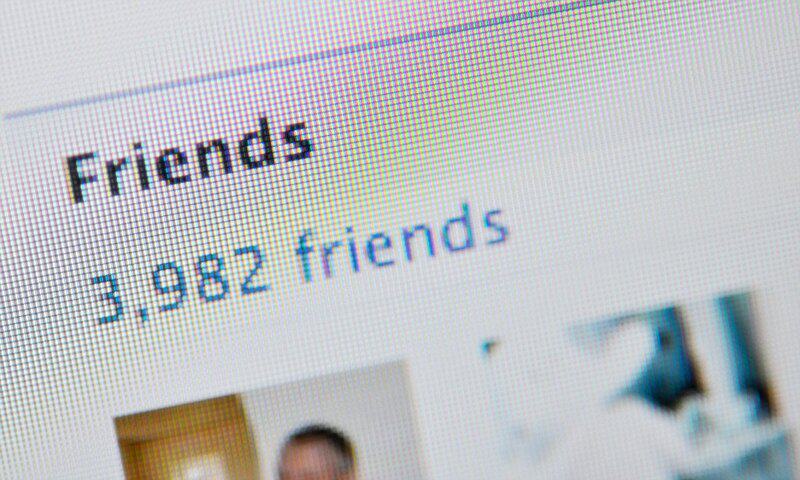
At one point, bragging about having thousands of Facebook friends was considered a social flex. It felt like the more friends you had, the more popular you must be. Now, however, people realize that quality trumps quantity when it comes to online relationships. Publicly tracking or mentioning your friend count is now seen as desperate and superficial. Today’s social media users prioritize meaningful interactions over inflated numbers. The obsession with friend counts has definitely become a relic of the past now.
Overly Matching Couple Outfits

There was a time when dressing in head-to-toe matching outfits with your significant other was considered adorable and Instagram-worthy. Couples would coordinate colors, wear matching shirts, or even have themed costumes. Nowadays, that level of “twinning” feels forced, cringey, and overly performative. While coordinated vibes are still cute, being overly matchy-matchy screams “trying too hard” to modern audiences. Authentic connection is more stylish than orchestrated photo ops. Subtle, complementary style beats exact outfit duplication every time now.
Doing the Cinnamon Challenge

Remember when people were daring each other to swallow a spoonful of cinnamon on camera? The Cinnamon Challenge was everywhere on YouTube and social media, despite being genuinely dangerous. Today, it’s considered reckless, immature, and cringey to participate in these kinds of viral “challenges” that can cause real harm. There’s now a much greater awareness around health risks and promoting safe content online. Reckless stunts have largely been replaced with clever trends that focus on humor, creativity, or skill. Risking your health for internet clout just doesn’t fly anymore.
Doing the “Ice Bucket Challenge” Just to Join the Trend

The ALS Ice Bucket Challenge was viral and for a good cause — but back in its peak, it became one of those challenges people did just to be part of the trend. It wasn’t always about the cause; it was more about getting likes and views. Today, social media users tend to be more mindful of participating in causes in ways that are genuinely meaningful, not just trendy. While challenges can still go viral for good reasons, the over-saturation of participation-for-the-sake-of-participation has made such trends feel inauthentic. It’s about quality engagement, not jumping on every viral wave.
Using “LOL” in Serious Conversations
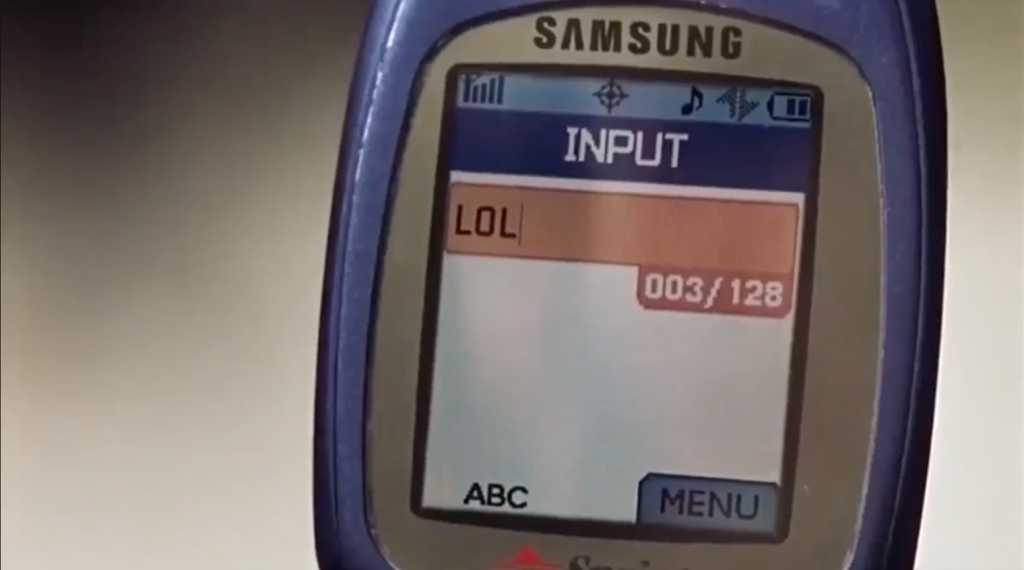
It wasn’t that long ago that “LOL” was the go-to way to show amusement in digital conversations. Whether you were texting, chatting online, or commenting on a post, adding an “LOL” to your message felt like an essential part of modern communication. However, these days, the overuse of “LOL” can make you seem insincere, awkward, or immature. Texting shorthand has evolved, and people now prefer more authentic ways to express themselves, like using emojis or simply leaving out filler words entirely. This shift signifies a broader trend of seeking genuine, nuanced communication over forced levity. Today, using “LOL” in a serious chat is more likely to provoke an eye roll than a laugh.
Overusing Filters on Social Media
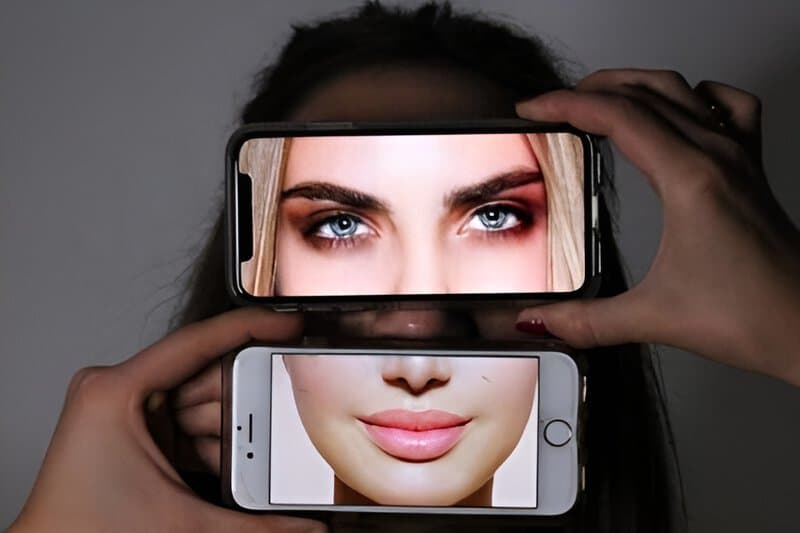
A decade ago, filters were fun tools to enhance photos with quirky, artsy effects. It was a way to express creativity or make our selfies pop. Fast-forward to today, and filters have taken over, leaving many to believe they distort authenticity. While filters are still used for fun, heavy reliance on them is now frowned upon, especially when they hide natural features. Social media users, particularly younger generations, are shifting toward raw, unfiltered content, promoting body positivity and self-acceptance. The “filtered” look now feels disingenuous, and the trend of embracing natural beauty is on the rise.

